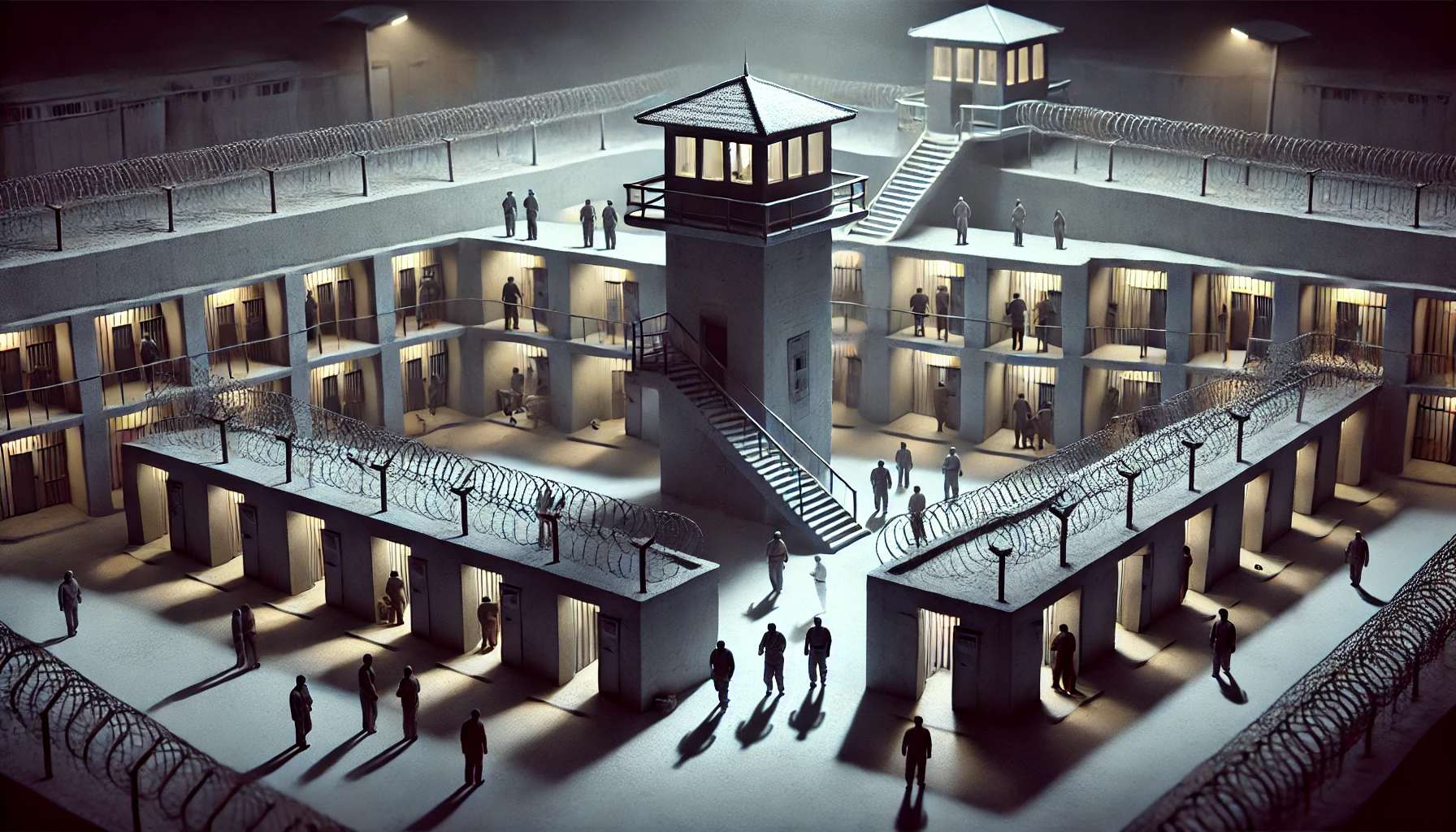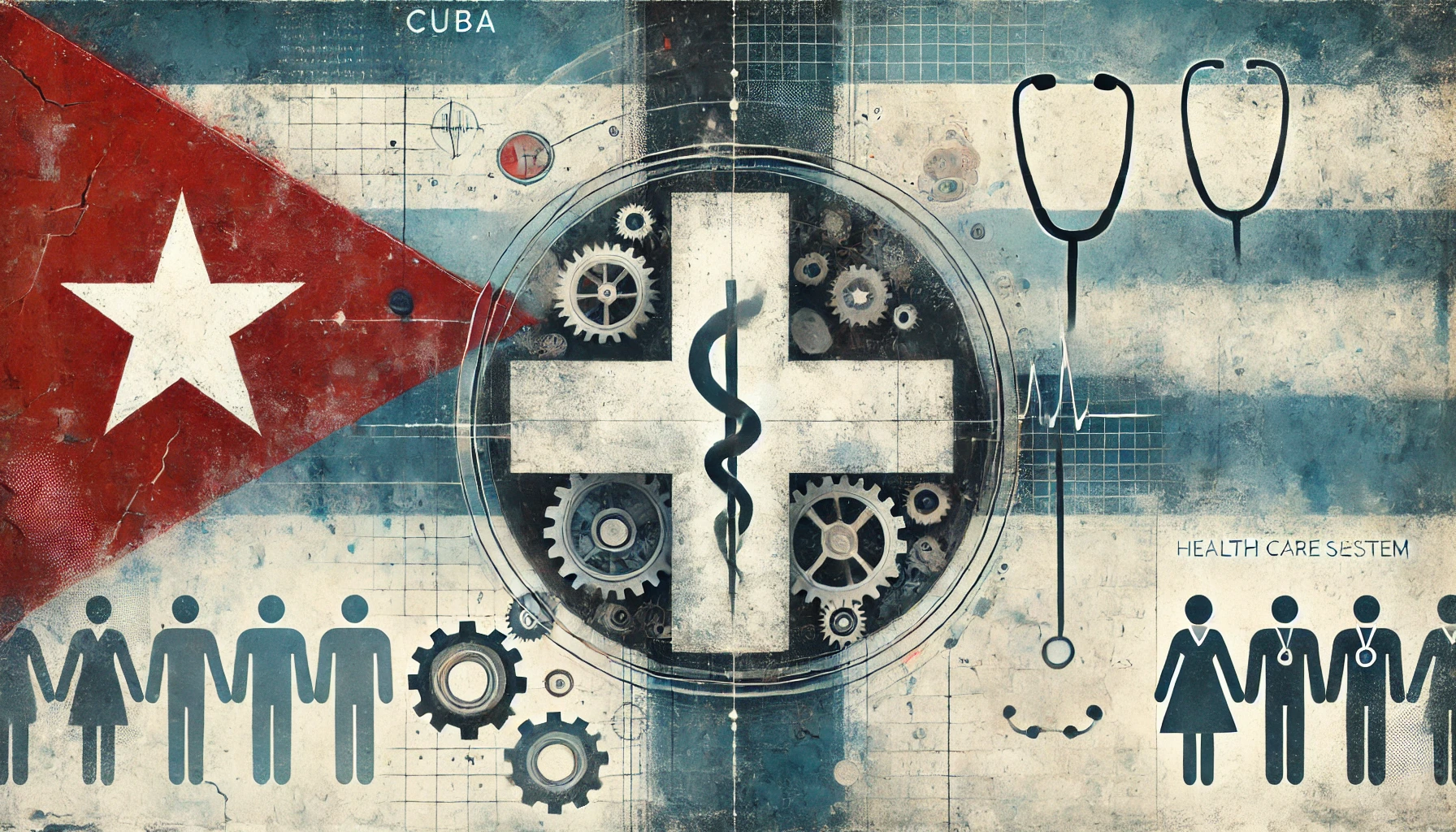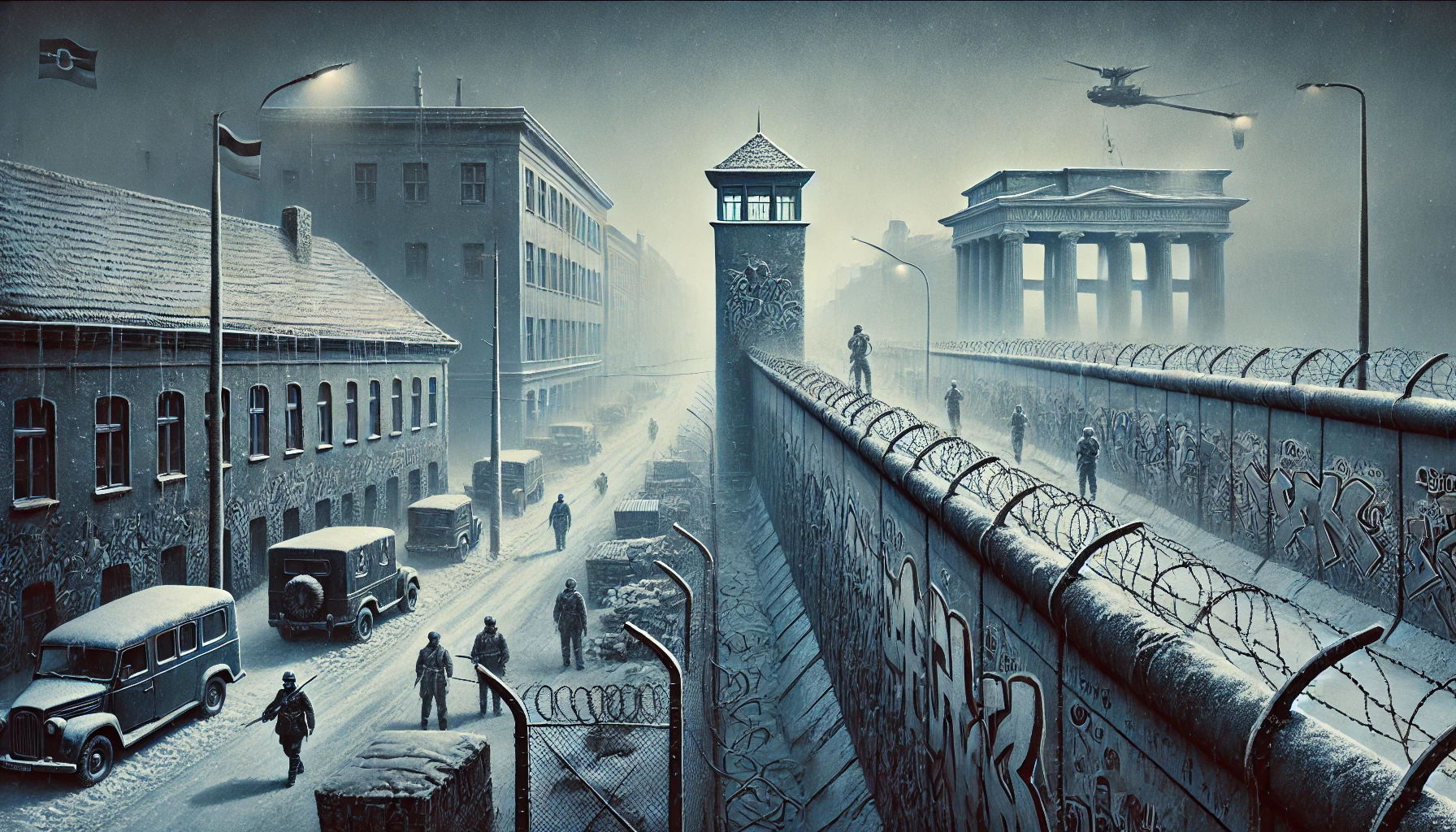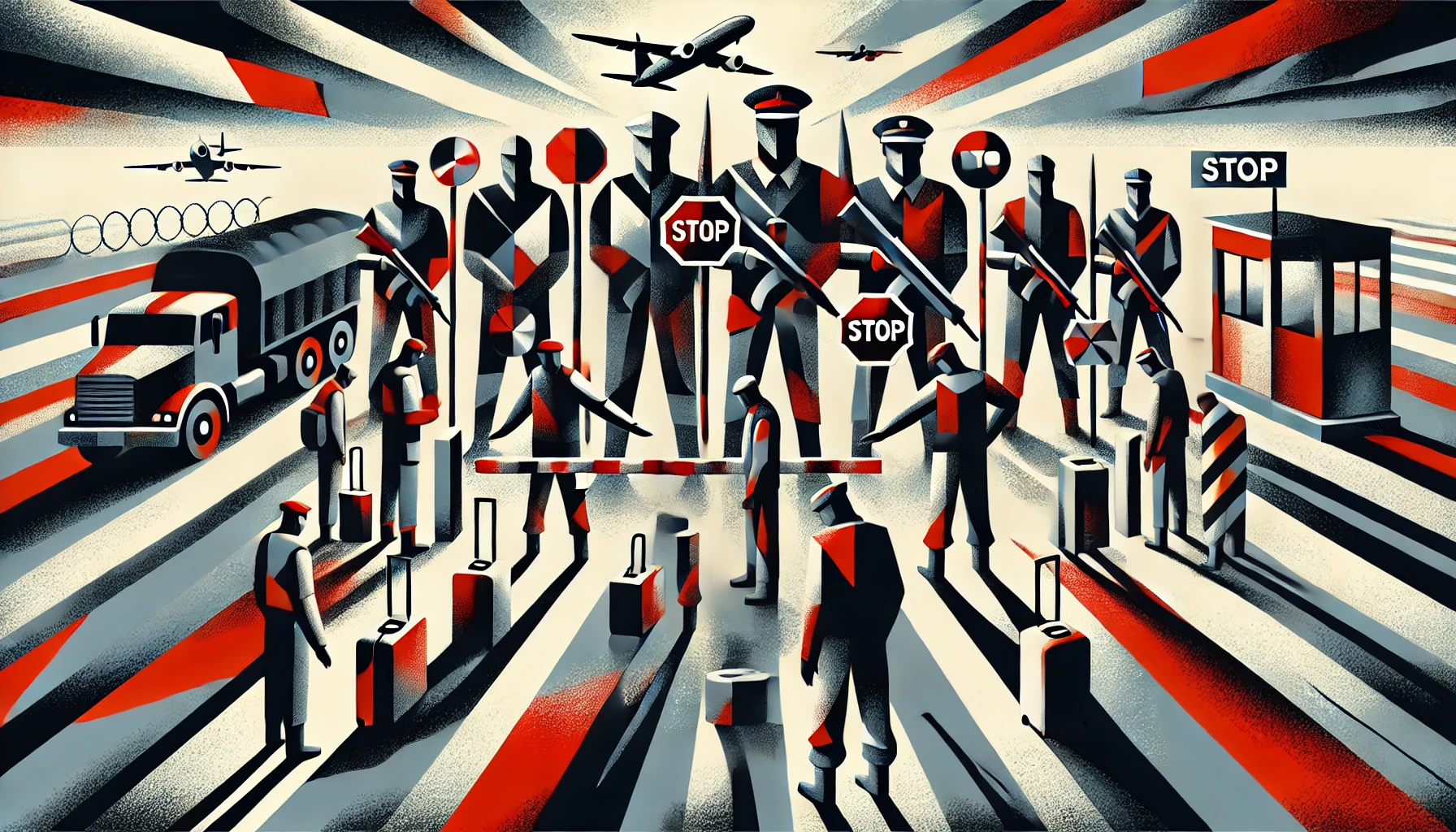Overview of the North Korean Gulag
The prison camp system in North Korea, often referred to as the “North Korean gulag”, is a vast network of labor camps and detention facilities used by the totalitarian regime to suppress political dissent and punish any perceived disloyalty to the state. The system is characterized by extreme human rights abuses, forced labor, starvation, torture, and executions. It is estimated that the camps hold 80,000 to 130,000 political prisoners and their family members, many of whom are imprisoned for life without trial or due process.[1]
Origins and Development
The North Korean gulag traces its origins to the 1950s during the rule of Kim Il-sung, the first leader of North Korea after the Korean War. As Kim consolidated power, he began purging rivals and perceived enemies of the state, confining them and their families in brutal labor camps.[2] The prison system expanded over the following decades as a tool of political repression and control.
Under Kim’s son Kim Jong-il in the 1990s, the prison camps grew significantly in size and scope. During the devastating famine of the 1990s, known as the “Arduous March”, many North Koreans accused of crimes like stealing food were sent to the camps.[3] Today, there are an estimated 5-6 major political prison camps in more remote mountainous areas of the country.[4]
Conditions in the Camps
Prisoners in the North Korean camps face unimaginably inhumane and oppressive conditions. Inmates, many of them women and children, are subject to backbreaking forced labor, often in dangerous logging, mining, and agricultural jobs, for 12 or more hours per day.[1] Rations are minimal, with prisoners given just enough food to be kept perpetually on the verge of starvation. Beatings and torture are routine as guards enforce strict rules and punish infractions harshly.
Sexual violence against female prisoners by guards is endemic.[5] Medical care is virtually non-existent and many prisoners die from injury, disease, and malnutrition. Those caught attempting escape are publicly executed to deter others.[6] The dead are disposed of in mass graves or cremated with no regard, their families never notified.
Testimonies of Survivors
The horrific realities of the camps have been recounted in the testimonies of the few individuals who have managed to escape North Korea. Kang Chol-hwan, who was imprisoned at age 9 and spent 10 years in the Yodok camp, describes witnessing frequent public executions and brutal beatings, and being forced to watch the killing of his mother and brother.[7]
Lee Soon-ok, a former prisoner at Kaechon, recounts being hung by her handcuffed wrists from the ceiling for hours and being beaten unconscious repeatedly.[8] She witnessed prisoners being burned alive and women forced to kill their own babies. Many other survivors have shared similar stories of extreme deprivation, cruelty, and hopelessness within the camps.[9]
International Condemnation
The North Korean prison camp system has been widely condemned by human rights organizations and the international community as a crime against humanity. A 2014 UN report accused the North Korean regime of human rights violations “without parallel in the contemporary world” and recommended prosecution of North Korea’s leaders by the International Criminal Court.[10]
However, North Korea has repeatedly denied the existence of the camps and resisted any outside investigation or intervention regarding its human rights abuses. Lack of access and the regime’s secretive nature have made further documenting conditions difficult. Still, satellite imagery and escapee testimonies continue to provide evidence of the camps’ ongoing operation and atrocities.[11]
Conclusion
The North Korean prison camp system stands as a shocking example of the depravity of totalitarian dictatorships and the human capacity for cruelty. The systematic imprisonment, enslavement, and murder of huge numbers of innocent men, women and children is a crime against humanity that evokes the darkest atrocities of the 20th century. Unfortunately, with the regime still firmly in power and intensely resistant to reform, there is little sign that the immense suffering of North Korea’s prisoners will end anytime soon. Increased international pressure and action will be needed to push for the dismantling of the North Korean gulag.
References:
1. https://www.hrw.org/news/2017/10/26/north-koreas-prison-camps-very-much-business
2. https://www.britannica.com/place/North-Korea/History
3. https://en.wikipedia.org/wiki/Prisons_in_North_Korea#History
4. https://www.amnesty.org/en/latest/news/2017/05/north-korea-new-satellite-images-show-continued-investment-in-the-infrastructure-of-repression/
5. https://www.hrnk.org/uploads/pdfs/HRNK_Gulag_Web.pdf
6. https://www.judiciary.senate.gov/imo/media/doc/lee%20testimony%20060621.pdf
7. https://www.cbsnews.com/news/north-korea-defector-reads-from-the-book-that-changed-his-life/
8. https://www.youtube.com/watch?v=sM0-pzOTX7M
9. https://www.theguardian.com/world/2015/oct/13/north-korea-defector-titanic-gulag-sheds-light-on-horrors-of-countrys-labour-camps
10. https://www.ohchr.org/en/hr-bodies/hrc/co-idprk/report-commission-inquiry-hr-dprk
11. https://www.nytimes.com/2017/07/05/world/asia/north-korea-forced-labor-prison-camps.html








